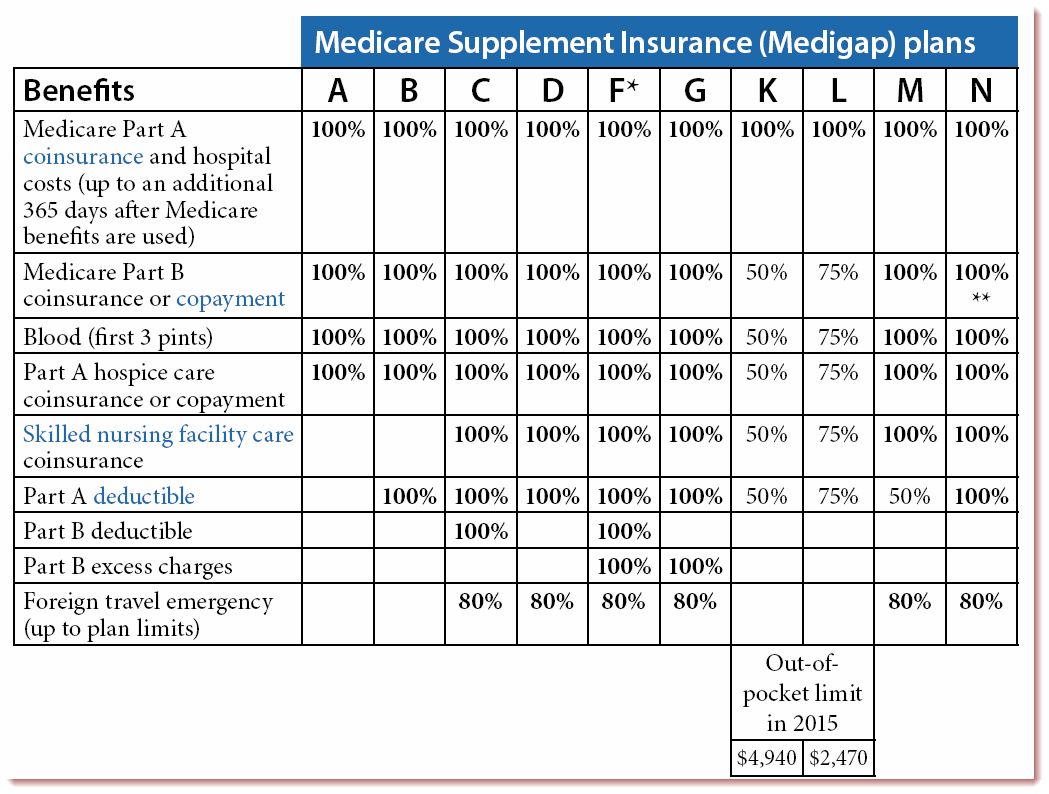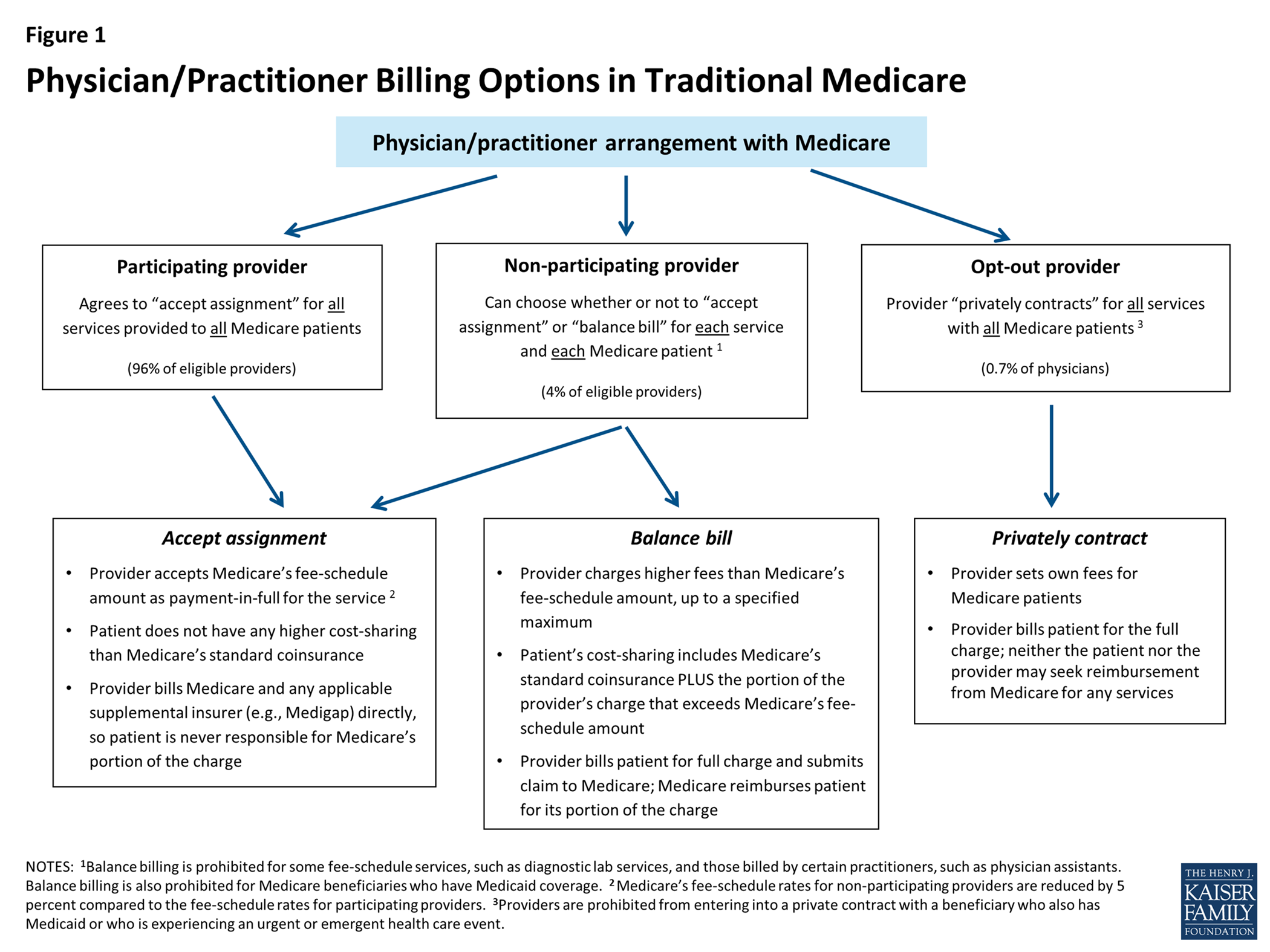Medicare Supplement Plan N
Whether you are just turning 65 and enrolling in Medicare, or are over 70 and looking to keep your health insurance cost down, seniors in Florida and across the country continue to search for the best value in Medicare Supplement coverage.
In a previous blog we wrote of Medicare Plan F High Deductible (Plan F-HD) as often the best value for seniors in Florida who are in  generally good health. While Plan F-HD makes sense for most from a pure numbers perspective, many seniors prefer to have greater coverage, but balk at the high cost of a Plan F or realize that with Plans F and C being discontinued as of 2020, they do not want to be stuck in those specific Medicare Plans when no new younger seniors are allowed entry and the rising medical cost per aging beneficiary push premiums to prohibitive levels.
generally good health. While Plan F-HD makes sense for most from a pure numbers perspective, many seniors prefer to have greater coverage, but balk at the high cost of a Plan F or realize that with Plans F and C being discontinued as of 2020, they do not want to be stuck in those specific Medicare Plans when no new younger seniors are allowed entry and the rising medical cost per aging beneficiary push premiums to prohibitive levels.
Enter Medicare Supplement Plan N, one of the most popular Medicare Supplement plans in the country because it covers all the most significant potential medical expenses, but at a cost much lower than a Plan F. In fact, the premiums for Medicare Supplement Plan N are often 30% to 35% less than Plan F. Medicare Supplement Plan N is one of the most popular Medicare Supplement plans in the states of Florida and Pennsylvania, as well as many other states across the country because of the cost to benefit features that make it one of the best values in Medicare Supplement plans. In addition, as we detail below, there are features of Plan F and Plan G that are simply not necessary because of State laws limiting Medicare charges. In that case, seniors with a Plan F or Plan G are paying for insurance coverage they don’t need and will never use.
Compare Medicare Supplement Plan N
It may easier to describe Medicare Supplement Plan N by first reviewing what Medicare Supplement Plan N does not cover and how minimal the net difference in coverage is between Medicare Supplement Plan N and Supplement Plan F.
Medicare Part B coinsurance or copayment
Note in the table above that Medicare Supplement Plan N covers 100% of Medicare Part B coinsurance or copayment, but has three asterisks denoting there may be an exception to this 100% coverage. The asterisks indicate that Medicare Supplement Plan N pays 100% of the Part B coinsurance, except for a copayment of up to $20 for some office visits and up to $50 copayment for emergency room visits that do not result in an inpatient admission.
In other words, expect to pay a $20 copay when you visit your doctor, and possibly a $50 copay for an ambulance ride. That’s it.
Medicare Part B deductible
As of 2020, seniors will no longer be able to purchase any Medicare Supplement plan that pays the Medicare Part B deductible. This means that Plan C and Plan F will no longer be able to be purchased as of 2020 and all new plans will make the individual responsible for the annual deductible payment. Considering that most insurance companies actually charge you $200 or more just to send your annual Part B deductible to Medicare, the new rules may actually be a good thing for your pocket-book.
The annual Part B deductible is usually due on your first doctor visit of the year. If you have a Plan F or Plan C, the insurance company makes the payment for you, otherwise it is an expense for which you are responsible.
Currently, the annual deductible is just $147. While it is projected to rise to $250 per year by the year 2020, readers should be aware that the history of Part B deductible suggests that these projections are not carved in stone. The annual Part B deductible was just $100 from the late 1990’s through 2004. It worked its way up to $162 in 2011 and was then cut to $140 for 2012 and raised back to $147 by 2014. While it is more likely to rise than fall in the future, any prediction of specific future rates should be taken with a grain of salt.
the history of Part B deductible suggests that these projections are not carved in stone. The annual Part B deductible was just $100 from the late 1990’s through 2004. It worked its way up to $162 in 2011 and was then cut to $140 for 2012 and raised back to $147 by 2014. While it is more likely to rise than fall in the future, any prediction of specific future rates should be taken with a grain of salt.
Anyway, back to Plan N: Because Plan N does not cover the annual Medicare Part B deductible, seniors with a Medicare Supplement Plan N can expect to pay the $147 each year before their Plan B benefits kick in.
So, so far we have $20 doctor visit copays and a $147 for our 30% reduction in premium. Let’s continue.
Medicare Part B Excess Charges
The Part B Excess Charge sounds like it could be a significant issue, but in reality it’s not. Less than 4% of U.S. doctors and a similar percentage of U.S. Hospitals can even charge Part B Excess charges. When they do, the senior should know about the excess charge ahead of time, can avoid it with simple negotiation. In addition, the excess charge is strictly limited to no more than 15% of their total Part B medical bills.
From our point of view, because seniors do not fully understand how simple it is to avoid Part B Excess charges, and how little these charges are likely to be, they are over billed for Medigap insurance coverages that include this feature of paying potential Part B excess charges. The probability of ever experiencing a Medicare Part B excess charge is probably close 5%. Ninety-five out of 100 seniors will never have to concern themselves with this issue.
Still, to better understand the concept, let’s break down how you can get Part B excess charges and how much they might total.
 When a doctor or hospital* decides to contract with the Center for Medicare and Medicaid Services (CMS) they choose to be either a Participating provider or a Non-participating provider. Medicare pays Participating providers 5% more than they pay Nonparticipating providers. But to be a Participating provider, the doctor or hospital has to agree to only bill amounts approved by Medicare. They call this “Assignment” because
When a doctor or hospital* decides to contract with the Center for Medicare and Medicaid Services (CMS) they choose to be either a Participating provider or a Non-participating provider. Medicare pays Participating providers 5% more than they pay Nonparticipating providers. But to be a Participating provider, the doctor or hospital has to agree to only bill amounts approved by Medicare. They call this “Assignment” because
Medicare assigns the rates charged for Medicare services. On average, these rates are approximately 15% to 18% on non-negotiated rates. This contract with CMS means that by accepting Medicare assignment, these doctors cannot charge Part B Excess charges.
*note: Most seniors associate hospital services with Medicare Part A. However, hospital outpatient services are almost always Part B services. Also, any physician services while an inpatient in a hospital will likely also fall under Medicare Part B.
Of all doctors in the U.S. eligible to work with Medicare beneficiaries, 96% choose to be a Medicare Participating Provider. Thus 96% of doctors CANNOT charge Part B Excess charges and can only bill an amount that Medicare allows.
Approximately 4% (actually 3.30%) of U.S. doctors choose to become Nonparticipating Medicare providers. These doctors are paid 5% less by Medicare and do not accept Medicare assignment for billing. As a Nonparticipating provider, these doctors can charge Part B Excess charges (as can nonparticipating hospitals for their outpatient services).
However, the amount of excess Part B charges is limited
. While the actual calculation can be somewhat involved, in general this limiting charge is 15% above their allowed Medicare reimbursement. This limiting charge is the maximum amount a nonparticipating provider can charge a Medicare beneficiary.
Let’s do a simple example:
Say that you had a Part B procedure that had a Medicare assignment rate of $300.
Medicare pays the nonparticipating provider 5% less than the assignment rate, so they will get $285. The doctor can charge up to 15% more than their Medicare reimbursement rate, so they can charge $327.75 for the service ($285 x 115%). The beneficiary is only responsible for the portion not paid by Medicare. This is not really a scary amount of money and certainly not worth paying an extra 30% insurance premium to avoid.
Do You Live In A MOM State?
There are some states that have outlawed Part B excess charges. The law, referred to as the Medicare Overcharge Measure, was adopted by Pennsylvania, Connecticut, Massachusetts, Minnesota, New York, Ohio, Rhode Island and Vermont. In these states, doctors working with Medicare must take Medicare Assignment and cannot charge Part B excess charges. For seniors living in these states that means that when or if you purchase a Medicare Supplement that insures against Part B excess charges (Plan F or Plan G) you are paying for insurance coverage you do not need! Why pay extra for Part B excess charge coverage when such charges are outlawed in your state? Medicare Supplement Plan N is the ideal Medigap plan for these states.
Negotiating Medicare Assignment Rates
The first thing a senior on Medicare should do is confirm that their doctor takes Medicare assignment. If so, then you don’t even have to concern yourself with the fear of Part B excess charges. Even though fewer than 4% of U.S. doctors can even charge Part B excess charges, it’s still a possibility that a senior will run into such a doctor. In that case, if the doctor you want to see is a nonparticipating Medicare provider, simply ask the doctor to make a note in your file to only bill you at the Medicare assignment rate. While I can’t speak for all doctors, this does happen and most doctors that have control over their billing would rather keep the patient and charge assigned rates than lose a patient over such a small amount of money. Most people on Medicare Supplement Plan N who have a good insurance broker and do not live in a MOM state have learned they can get their doctor to only charge them Medicare Assignment rates simply by asking.
concern yourself with the fear of Part B excess charges. Even though fewer than 4% of U.S. doctors can even charge Part B excess charges, it’s still a possibility that a senior will run into such a doctor. In that case, if the doctor you want to see is a nonparticipating Medicare provider, simply ask the doctor to make a note in your file to only bill you at the Medicare assignment rate. While I can’t speak for all doctors, this does happen and most doctors that have control over their billing would rather keep the patient and charge assigned rates than lose a patient over such a small amount of money. Most people on Medicare Supplement Plan N who have a good insurance broker and do not live in a MOM state have learned they can get their doctor to only charge them Medicare Assignment rates simply by asking.
Summing It Up: Why Consider Medicare Supplement Plan N
Choosing Medicare Supplement Plan N can save a senior 30% or more on their monthly premiums over a Plan F without a significant sacrifice in health insurance coverage.
The senior with a Medicare Supplement Plan N has to:
· Pay a $20 copay when seeing a doctor, and a $50 co pay for ambulatory services that don’t result in a hospital stay.
· Pay their annual Medicare Part B deductible, currently at $147
· Possibly pay limited Part B excess charges, but only if the doctor they use is one of the 3.30% of U.S. doctors that do not accept Medicare assignment. It is also important to stress that seniors with Medicare Supplement Plan N can negotiate with their doctor to only bill the Medicare assignment rate. Almost all will do so without issue.
For many seniors, this is a very fair trade-off. Your health insurance is there to make certain you are not financially devastated by medical expenses in the case of serious illness. Medicare Parts A and B cover 80% of your Medicare approved health coverage and Medicare Supplement Plan N pays enough of the rest that you can be assured your personal costs are limited.
For more information on Medicare Supplement Plan N, other Supplements and Medicare in general, we invite you to visit our sister website MedigapSeminars.org. At MedigapSeminar.org we offer free online Medicare webinars in addition to tons of Medicare specific articles.
Shield Insurance Solutions is independent. Our goal is to find the best insurance company, price and policy for you. We specialize in living benefit life insurance and Medicare Supplement insurance. We work with nearly 100 different insurance companies in order to find the right policy at the right price and value for you. We are transparent so you can make the most informed decision and have been in the financial services industry since 1984. Our life products include Medicare Supplement insurance / Medigap insurance, Whole Life, Universal Life and Term Insurance (all living benefit life insurance), mortgage protection insurance and final expense insurance. We are based in Jupiter and Palm Beach Florida, the treasure coast and licensed in almost every state including Virginia, Maryland, Oklahoma, Indiana, Pennsylvania, Alabama, Florida, California, Illinois and expanding. If you are shopping for a life insurance quote, we can show you what many of the top insurance companies will offer. The price differences will amaze you. Visit www.ShieldInsuranceSolutions.com to get a free life insurance quote comparison, or call us at (800) 847-9680. We like Medicare Supplement Plan N, but work hard to find the right plan for you and your budget.
Medicare Supplement Plan N Medicare Supplement Plan NMedicare Supplement Plan N


